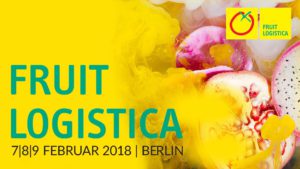About a year and a half after the regular export of BiH (Bosnia and Herzegovina) apples in Russia was resumed, the ban is set to take effect again. The reason behind this is that inspections have once more determined that some enterprises in Republika Srpska violate the agreement.
The ban had originally been imposed when there was a problem with the origin of the apples: although they appeared as RS products, they turned out not to be. They originated, in fact, from other countries. The agreement between Russia and BiH says that apples and other fruit and vegetables must be an original BiH product, not the product from third countries.
Balkaneu.com reported that Minister of Foreign Trade and Economic Relations of BiH, Mirko Šarović, confirmed that the Russian Federation has again imposed a ban on imports of apples from BiH that comes into force Monday, January 22. He explained that the certificate for controversial apples was issued by the phytosanitary inspection in Brcko District, BiH, and transported to the Russian market as a local product.
 Fruit Logistica
Fruit Logistica